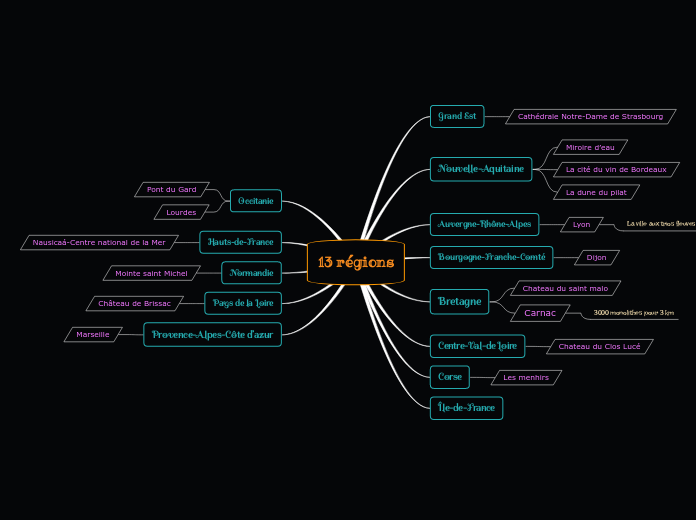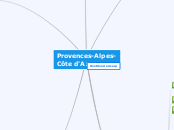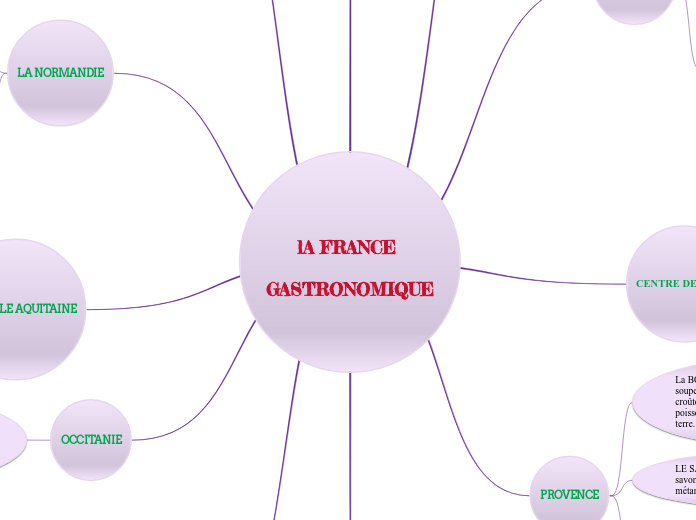REGIONS
Learn more about hurricanes and tornadoes, the areas of the world they affect, how they are formed and when, and what you can do to survive such an extreme storm.
BOURGOGNE
Moutarde
Escargots à la bourguignonne
Boeuf à la bourguignonne
Route de grands crus
Musée de l'aventure PEUGEOT
OCCITANIE
Lourdes
Le Pont du Gard
Le pont aqueduc romain et
le plus haut du monde
ALSACE
Choucrote
How do hurricanes form?
Watch the video then type in a short explanation of how the hurricanes are formed.
Le Quartier Europeen
The classification system for hurricanes is called The Saffir-Simpson Hurricane Wind Scale, and it's a 1 to 5 categorization of the hurricane's intensity at the indicated time.
Each category expresses the intensity in miles per hour. Example: category 1 (74-95 mph).
Type in the other 4 categories.
Maisons à colombage
Type in the two official seasons from the Atlantic and Pacific.
2eme cathédrale plus vitée en France
Which are the areas/countries of the world hit most frequently or severely by hurricanes? Choose from the options below or add your own.
ChinaPhilippinesGrand CaymanJapanAustraliaUnited StatesCaribbeanMexicoTaiwanVietnamAtlantic CoastOther
Strasbourg (la capitale)
Hurricanes are the most violent, swirling storms on Earth, with winds that can go up to 259 kilometers per hour.
A hurricane's forming elements:
- Eye- the "hole" at the center of the storm where the winds are lighter and the skies are only partly cloudy
- Eye wall- the ring of thunderstorms that are swirling around the eye. This is where the winds are the strongest and rain the heaviest.
- Rain bands -that expand from the eye wall
CALAIS
Le Welsh
Le plus grand aquarium d'Europe
NOUVELLE AQUITANE
Les cannelés
La dune du pilat
Miroire d'eau
La cité des vin de Bordeaux
PACA
Bouillabaisse
La lavande
Marseille
Premier port principal de France
et une des cathédrale plus grande
du monde
LOIRE
Un parcours thematique avec une vingtaine
des reproductions géantes
Chateau de clos lucé
Tornadoes are the most violent storms on Earth
Watch the video then type in a short explanation of how the tornadoes are formed.
Parc Leonard de Vinci
Chateau de Brisac
The classification system for tornadoes is called The Fujita Scale (or F scale), and it's an F0 to F6 categorization of the tornado's intensity.
Each category expresses the intensity in miles per hour.
Example: category F0 (40–72 mph; includes damages to trees, chimneys, and billboards).
Type in the other 5 categories.
Le plus haut de France
Chateaux de la Loire
Tornadoes can occur almost all over the world, but US's unique geography makes it the ideal place for their development.
Type in the tornado seasons in the United States, taking into account the
Southeast and Northern Plains regions.
Inscrit au patrimoine mondial
de l'UNESCO
Val de Loire
Tornadoes are local storms of short duration (this ranges between 5 and 10 minutes) formed of winds that rotate at very high speeds, usually in a counter-clockwise direction.
A tornado's characteristics:
- Time of day: they usually occur in the afternoon (3 - 7 PM)
- Direction: usually from southwest to northeast
- Length of path: this is the distance it travels; the average is 4 miles, but it could also travel around 300 miles.
- Width of path: averages between 300 and 400 yards but tornadoes have cut paths a mile or more in width.
- Speed of travel: though speeds of 68 mph have been reported, the average speed is somewhere between 25 and 40 mph.
- Cloud: dark cumulonimbus (thunderstorm cloud) from which the funnel-shaped pendant extends to the ground.
- Precipitation: rain and hail before the tornado hits and heavy downpour to the side of the tornado's path.
- Sound: roaring, rushing noise.
AUVERGNE-
RHONE ALPES
Galette Brethone
Carnac
3000 monolithes pour 3km
Saint Malo
Bretagne
Mont Blanc
Lyon
Ville aux trois fleuves
NORMANDIE
Falaises d'etretat
Mont Saint Michele









